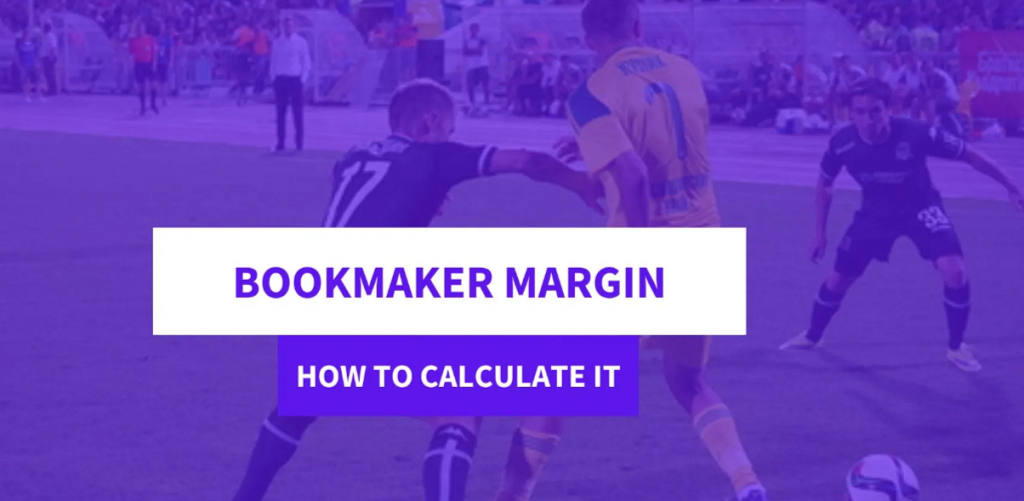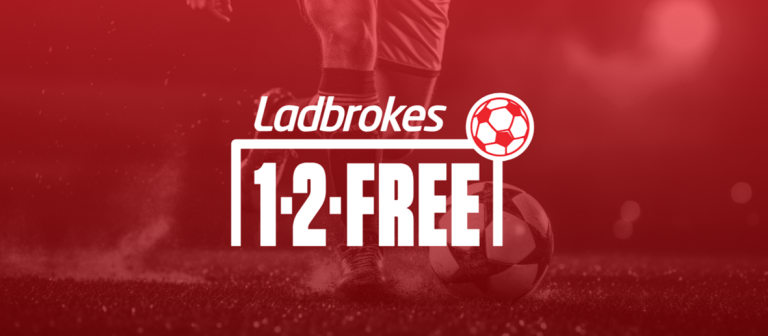Understanding the concept of a bookmaker’s margin is crucial for bettors looking to make informed decisions and maximize their winnings. The margin, also known as the vigorish or “vig,” is the profit that a bookmaker builds into the odds to ensure a profit regardless of the outcome of an event. This guide will delve into the details of a bookmaker’s margin, explaining how it works, why it exists, and how it affects your betting experience.
Understanding the Bookmaker’s Margin
The bookmaker’s margin is a fundamental aspect of sports betting that ensures the bookmaker makes a profit. It represents the difference between the true odds of an event and the odds offered by the bookmaker. This difference is the bookmaker’s profit margin.
How the Margin Works
- True Odds vs. Offered Odds: The true odds of an event represent the actual probability of an outcome occurring. The offered odds, however, include the bookmaker’s margin, which slightly reduces the payout to ensure a profit for the bookmaker.
- Example: If the true odds of a coin flip are 2.00 (50% chance for heads and 50% chance for tails), the bookmaker might offer odds of 1.90 for both outcomes. This means the bookmaker’s margin is 5%.
Calculating the Margin
To understand how the margin is calculated, let’s break down the process:
- Identify the True Odds: Determine the true odds of an event based on the probability of each outcome.
- Compare with Offered Odds: Compare the true odds with the odds offered by the bookmaker.
- Calculate the Margin: Use the formula to calculate the margin:
- Formula: Margin = (1 – (1 / Offered Odds)) * 100
- Example: If the offered odds are 1.90, the margin is calculated as:
- Margin = (1 – (1 / 1.90)) * 100 = 5.26%
Why the Margin Exists
The bookmaker’s margin exists to ensure that the bookmaker makes a profit regardless of the outcome of an event. It serves several purposes:
Ensuring Profitability
- Risk Management: The margin helps the bookmaker manage risk by ensuring a profit margin on every bet placed.
- Operational Costs: The margin covers the operational costs of running a betting platform, including staff salaries, technology, and marketing expenses.
- Competitive Edge: The margin allows bookmakers to remain competitive by offering attractive odds while still making a profit.
Balancing the Book
- Equal Action: The margin helps the bookmaker balance the book by ensuring that the total amount bet on all outcomes is roughly equal.
- Minimizing Risk: By balancing the book, the bookmaker minimizes the risk of significant losses and ensures a steady profit.

How the Margin Affects Your Betting Experience
The bookmaker’s margin has a direct impact on your betting experience and potential winnings. Understanding this impact can help you make more informed decisions.
Impact on Odds
- Reduced Payouts: The margin reduces the payout on winning bets, as the bookmaker retains a portion of the winnings as profit.
- Example: If the true odds of an event are 2.00 and the offered odds are 1.90, the payout on a winning bet is reduced by 5%.
Impact on Value Bets
- Identifying Value: The margin affects your ability to identify value bets, as the offered odds may not accurately reflect the true probability of an outcome.
- Example: If the true odds of an event are 2.00 and the offered odds are 1.90, a bettor needs to determine if the offered odds still represent good value despite the margin.
Strategies to Mitigate the Impact of the Margin
While the bookmaker’s margin is an inevitable part of sports betting, there are strategies you can employ to mitigate its impact and maximize your winnings.
Shop Around for the Best Odds
- Compare Odds: Use odds comparison tools to compare odds from different bookmakers and find the best value.
- Multiple Accounts: Consider opening accounts with multiple bookmakers to take advantage of the best odds available.
Focus on Value Bets
- Identify Value: Look for bets where the probability of an event occurring is higher than the implied probability suggested by the odds.
- Calculate Implied Probability: Convert odds into implied probability to understand the bookmaker’s assessment and identify value bets.
Use Betting Tools
- Odds Calculators: Utilize odds calculators to determine the potential return on your bets and make informed decisions.
- Betting Strategies: Employ betting strategies like arbitrage, matched betting, or value betting to increase your chances of winning.
Common Mistakes to Avoid
Even with the best intentions, bettors can fall into common pitfalls when dealing with the bookmaker’s margin. Being aware of these mistakes can help you avoid them and stay on track.
Overlooking the Margin
- Ignoring the Impact: Failing to consider the impact of the margin on your potential winnings can lead to poor betting decisions.
- Example: Not accounting for the margin when comparing odds from different bookmakers can result in choosing less favorable odds.
Chasing Losses
- Avoid Tilt: Resist the temptation to increase your bets to recover losses, as this can lead to further financial strain.
- Stick to Your Plan: Adhere to your betting plan and avoid making impulsive decisions.
Ignoring Eligible Markets
- Market Restrictions: Be aware of any market restrictions that may limit your betting options.
- Diversification: Ensure you diversify your bets across eligible markets to maximize your chances of winning.
Conclusion
Understanding the bookmaker’s margin is crucial for bettors looking to make informed decisions and maximize their winnings. By familiarizing themselves with how the margin works, why it exists, and its impact on betting, bettors can make more informed decisions and enhance their betting experience. With strategies like shopping around for the best odds, focusing on value bets, and using betting tools, bettors can mitigate the impact of the margin and enjoy a rewarding betting journey.





